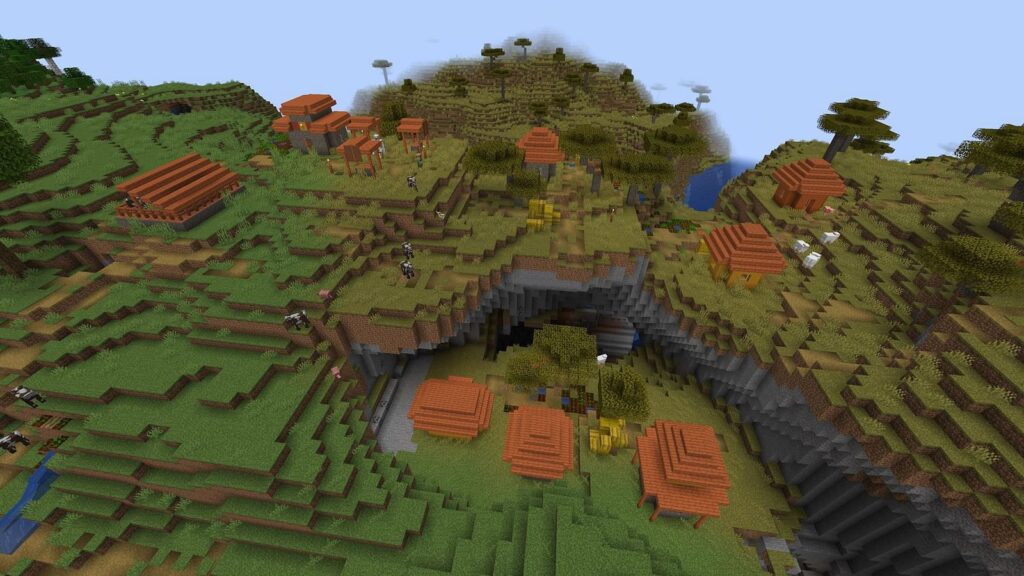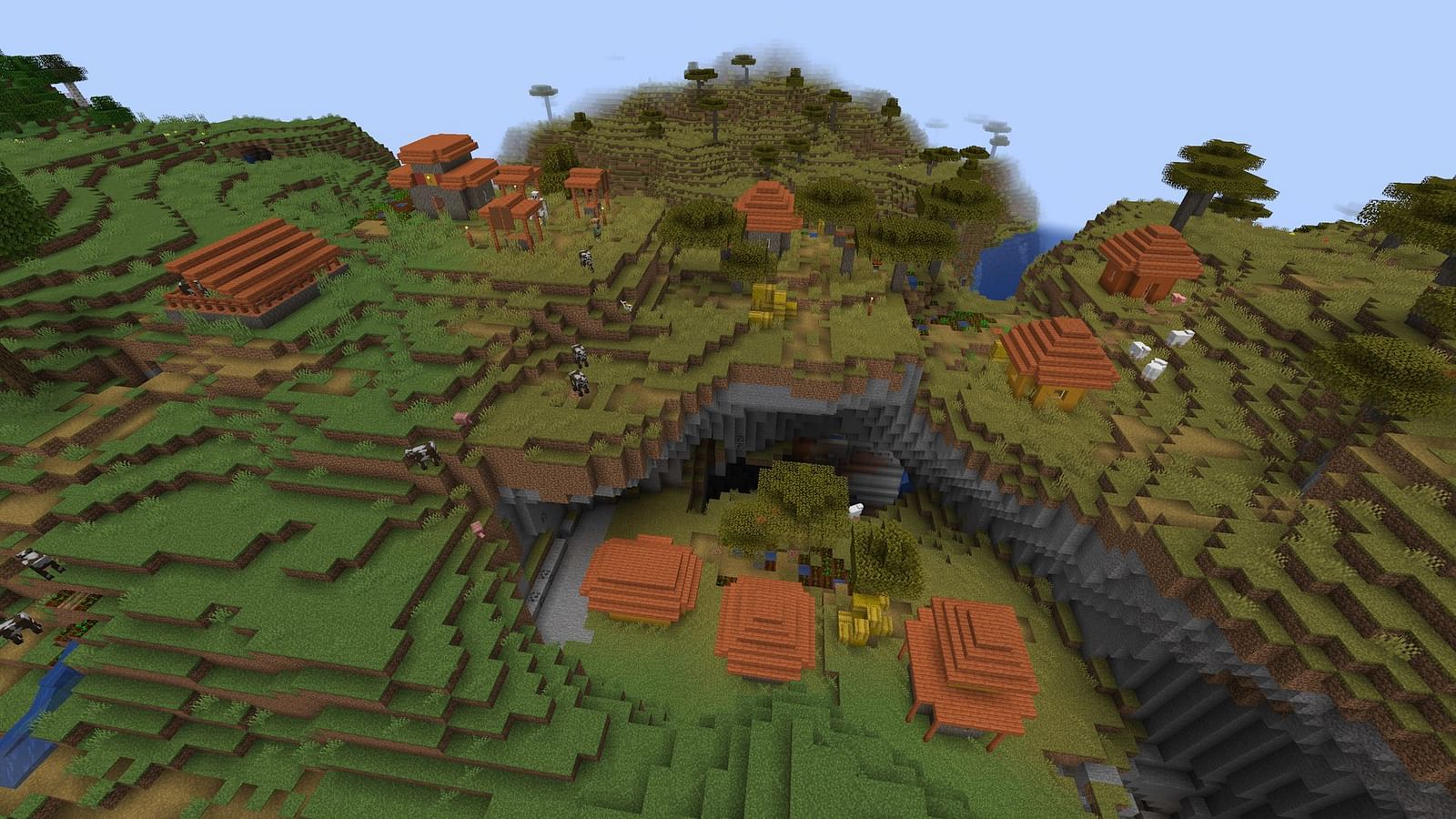
Villager Trade Rebalance: Addressing Imbalances and Improving Minecraft’s Economy
The Minecraft community has long discussed the intricacies and, at times, imbalances within the villager trading system. A villager trade rebalance aims to create a fairer, more engaging, and economically sound experience for players. This article dives into the core issues with the current system, explores potential solutions, and examines the impact a well-executed villager trade rebalance could have on the game.
The Current State of Villager Trading: Issues and Imbalances
The current villager trading system, while offering valuable resources, suffers from several key problems:
- Ease of Exploitation: Villager trading halls, where villagers are confined and repeatedly traded with, are easily exploitable. Players can quickly acquire valuable items, such as enchanted books and diamond gear, with minimal effort.
- Overpowered Trades: Some trades are simply too good, offering items at significantly lower costs than acquiring them through other means. This diminishes the value of exploration, resource gathering, and other gameplay mechanics.
- Lack of Risk and Investment: The process of setting up a villager trading hall is relatively straightforward, requiring little in the way of risk or long-term investment. This makes it an overly efficient strategy compared to other options.
- Limited Villager Variety: While different villager professions offer unique trades, the overall variety can feel limited. Players often seek out specific villagers for particular trades, ignoring the rest.
- Unrealistic Economics: The current system doesn’t accurately reflect a functioning economy. Prices are static and don’t respond to supply and demand, leading to artificial inflation and deflation of certain items.
Goals of a Villager Trade Rebalance
A successful villager trade rebalance should achieve several key goals:
- Reduce Exploitation: Make it more difficult and less efficient to exploit villager trading halls.
- Balance Trade Values: Adjust trade prices to better reflect the rarity and effort required to acquire items through other means.
- Increase Risk and Investment: Introduce elements of risk and long-term investment into the villager trading process.
- Enhance Villager Variety: Encourage players to interact with a wider range of villager professions.
- Introduce Dynamic Pricing: Implement a more realistic economic system where prices fluctuate based on supply and demand.
Potential Solutions for a Villager Trade Rebalance
Several solutions have been proposed to address the issues with villager trading:
Dynamic Pricing Based on Supply and Demand
One of the most promising solutions is to introduce dynamic pricing based on supply and demand. If a player repeatedly trades for a particular item, its price should gradually increase. Conversely, if an item is rarely traded, its price should decrease. This would make it more difficult to exploit trades and encourage players to diversify their trading activities. This villager trade rebalance aspect would add depth to the game’s economic system.
Reputation System
Another approach is to implement a reputation system. Players who repeatedly exploit trades could suffer a negative reputation, leading to higher prices or even refusal to trade. Conversely, players who treat villagers fairly could earn a positive reputation, resulting in lower prices and access to exclusive trades. This would add a moral dimension to villager trading and encourage responsible behavior.
Trade Limits
Introducing trade limits could also help to reduce exploitation. Each villager could have a limited number of trades available per day, forcing players to interact with multiple villagers or wait for trades to refresh. This would make it more difficult to acquire large quantities of valuable items quickly. This aspect of the villager trade rebalance should be carefully considered to not overly punish legitimate players.
Increased Villager Vulnerability
Making villagers more vulnerable to environmental hazards and hostile mobs could add an element of risk to villager trading. Players would need to invest in protecting their villagers, making the process more challenging and rewarding. This would also encourage players to build more secure and aesthetically pleasing villages.
Rarer and More Difficult Trades
Adjusting the rarity and difficulty of certain trades could also help to balance the system. For example, enchanted books could be made rarer or require more valuable resources to acquire. This would make them less readily available and increase the value of other methods of enchantment. This is a core component of any proposed villager trade rebalance.
Regional Economic Differences
Introducing regional economic differences could add another layer of complexity to villager trading. Different villages could specialize in different trades, based on their location and resources. This would encourage players to explore the world and trade with multiple villages to acquire all the items they need. This element of the villager trade rebalance would reward exploration.
Impact of a Villager Trade Rebalance
A well-executed villager trade rebalance could have a significant positive impact on Minecraft:
- Increased Value of Exploration and Resource Gathering: By making villager trading less exploitable, the value of exploration and resource gathering would increase. Players would be more motivated to venture out into the world and acquire resources through traditional means.
- More Balanced Gameplay: A rebalance would create a more balanced gameplay experience, where villager trading is one of many viable strategies, rather than the dominant one.
- Enhanced Economic Depth: Dynamic pricing and regional economic differences would add depth and complexity to Minecraft’s economic system.
- Greater Villager Diversity: Players would be encouraged to interact with a wider range of villager professions, leading to a more diverse and engaging experience.
- Reduced Reliance on Trading Halls: The focus would shift from automated trading halls to more organic and interactive village experiences.
Community Feedback and Developer Considerations
Any proposed villager trade rebalance should be carefully considered and tested, taking into account community feedback. Developers need to strike a balance between addressing the issues with the current system and preserving the fun and accessibility of villager trading. It’s crucial to avoid overly punishing legitimate players or making the system too complex. The goal is to create a fairer, more engaging, and economically sound experience for everyone.
Conclusion: Towards a More Balanced and Engaging Minecraft Economy
A villager trade rebalance is a necessary step towards creating a more balanced and engaging Minecraft economy. By addressing the issues with the current system, developers can encourage players to explore, gather resources, and interact with the world in more meaningful ways. While the implementation may be complex, the potential rewards are significant. A well-executed rebalance could revitalize Minecraft’s economy and enhance the overall gameplay experience, making the game more enjoyable for both new and experienced players alike. The future of Minecraft’s villager economy hinges on a thoughtful and comprehensive villager trade rebalance. This rebalance would benefit the game’s longevity and player engagement.
[See also: Minecraft Update Roadmap]
[See also: The Future of Minecraft Villages]
[See also: Minecraft Resource Gathering Guide]

